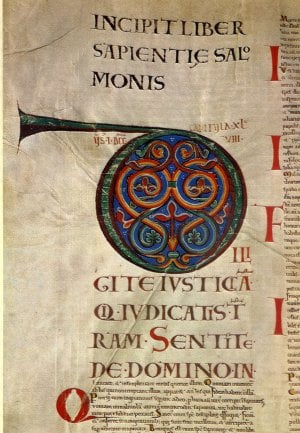Who knows what evil lurks in the hearts of men?
–The Shadow
In a macabre experiment that makes my head and my heart ache, researchers at the University of Rochester Medical Center in Rochester, New York, have blended cells of humans and mice to create a “super mouse” that’s four times as smart as an average mouse.
To accomplish this, they injected the brains of baby mice with cells from “extra” human fetuses left over from in vitro fertilization. The scientists used ‘glial’ cells–cells which serve as the “glue” of the nervous system, providing support and protection for neurons. Glial cells develop into astrocytes–star-shaped cells with long tendrils, which help to coordinate the transmission of electrical impulses between neurons, a function which is vital for thought processes.
Lead researcher Professor Steve Goldman called the changes in the injected mice “whopping effects.” He told New Scientist magazine that the mice which had received injections of human cells were “significantly smarter” than the control mice.
According to a report in The Telegraph,
Human astrocytes are 20 times the size of those in mice and have 100 times the number of tendrils.
Scientists found that within a year of the injections the human cells had taken over with the mouse cells ‘fleeing to the margins.’
“It’s like ramping up the power of your computer,” added Prof Goldman.
Professor Goldman’s self-established ethical parameters meant that he did not continue the experiment to inject the brains of monkeys. “We briefly considered it,” Goldman said, “but decided not to because of all the potential ethical issues.”
German Professor Wolfgang Enard, a researcher at Ludwig Maximilian University of Munich, also acknowledged the scientist’s responsibility to establish limits on research. “If you make animals more human-like,” Enard asked, “where do you stop?”
Indeed, Professor Enard. If it’s self-evident that creating human/monkey hybrids is ethically wrong, why is it acceptable to create human/mouse hybrids?
* * * * *
The Vatican’s Pontifical Council for Life has issued a statement explaining why the scientific and therapeutic use of human embryonic stem cells is always wrong. You can read the entire statement here; but some of the points it makes are:
|
The U.S. Conference of Catholic Bishops have also addressed the morality of utilizing embryonic human cells in research or therapeutic use. The Bishops link to a number of statements issued by the Vatican and by the USCCB. You can access that information here.











